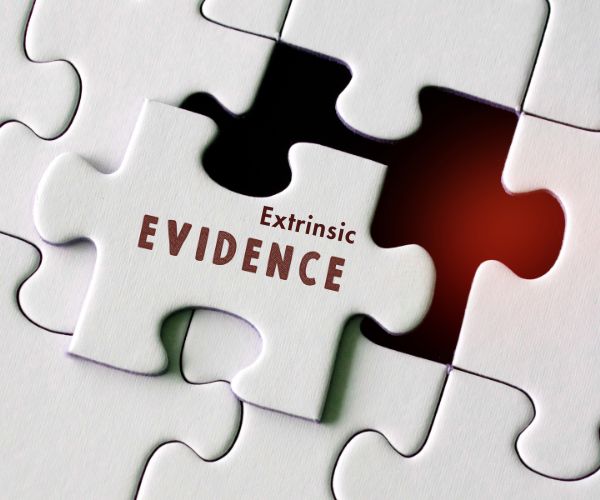
In our previous article we have seen what Extrinsic or Extraneous evidence is and in our present article we will see when Extrinsic evidence is not admissible.
When there is an ambiguity or deficiency on the face of a will, in such case no extrinsic or Extraneous evidence as to the intentions of the testator shall be admitted.
Example: (1) A bequeaths 1000 rupees to ... leaving a blank for the name of the legatee. Evidence is not admissible to show what name the testator intended to insert.
(2) A man has an aunt Caroline and a cousin Mary, has no aunt of the name of Mary. By his will he bequeaths 1000 rupees to 'my aunt, Caroline' and 1000 rupees to 'my cousin, Mary' and afterwards bequeaths 2000 rupees to 'my before-mentioned aunt, Mary.' There is no person to whom the description given in the will can apply, and evidence is not admissible to show who was meant by 'my before-mentioned aunt, Mary.' The bequest is therefore void for uncertainty.
The ordinary rule of construction of wills is not to insert or read into the will words which are not there, unless the context requires.
